How to Cool Your Mouth Down After Eating Spicy Food
Even if you regularly enjoy spicy food, sometimes the heat may be too much, prompting us to need an instant solution to bring down the spiciness levels. While there is no magic solution for this, the science behind hot food shows that this is nothing more than a chemical reaction, which means that there are different things you can eat and drink to alleviate the pain.
In this article, 5-Minute Crafts will tell you what to reach for and what to avoid when you’re looking to turn down the heat.
❗ Warning: The following methods are useful in helping you cope with the burning sensation, but nothing will instantly take it away. Always proceed with caution when eating spicy food.
Why does it burn when we eat spicy food?
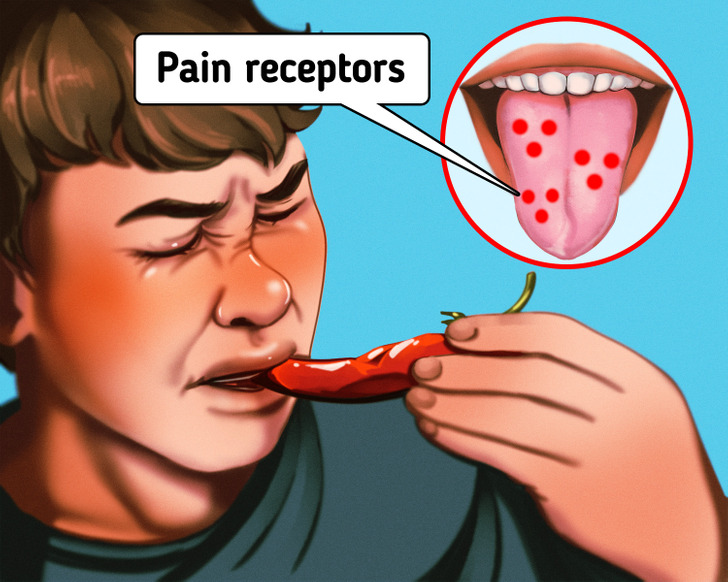
Your mouth might feel like it’s on fire after eating spicy food, but if you were to put a thermometer in your mouth you would see no noticeable difference in temperature. This is because your mouth doesn’t actually get hotter. Spicy food tricks your brain because of capsaicin, a chemical that can be most commonly found in chili peppers. Other plants and spices, like cinnamon and oregano, also have capsaicin, though in lesser quantities.
The reason why we feel like our mouths are burning is because capsaicin is an oil-like compound that binds to pain receptors that are sensitive to temperature. In fact, these pain receptors are commonly found in our body, which explains why other parts of our body can hurt after coming into contact with capsaicin.
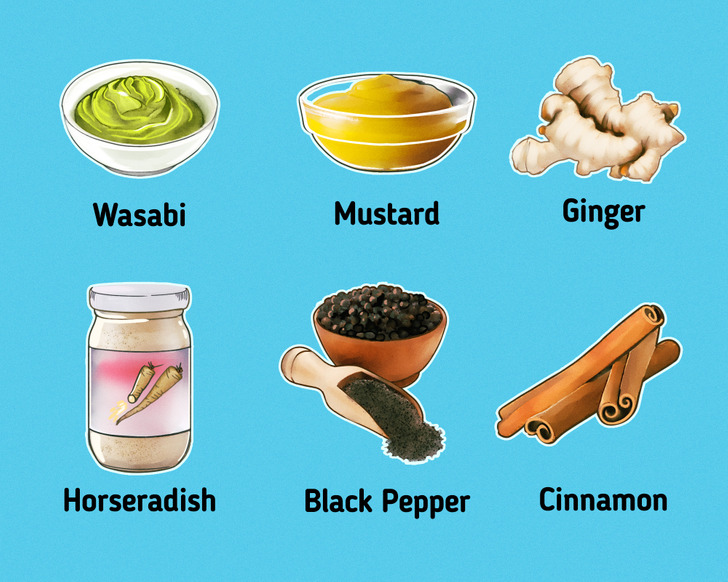
But note that not all spicy foods have capsaicin. There are other compounds responsible for making foods hot, like allyl isothiocyanate in wasabi, mustard, and horseradish, gingerol in ginger, piperine in black pepper, and cinnamaldehyde in cinnamon. However, their heat quickly fades and will not linger, as is the case with capsaicin.
1. Dairy products
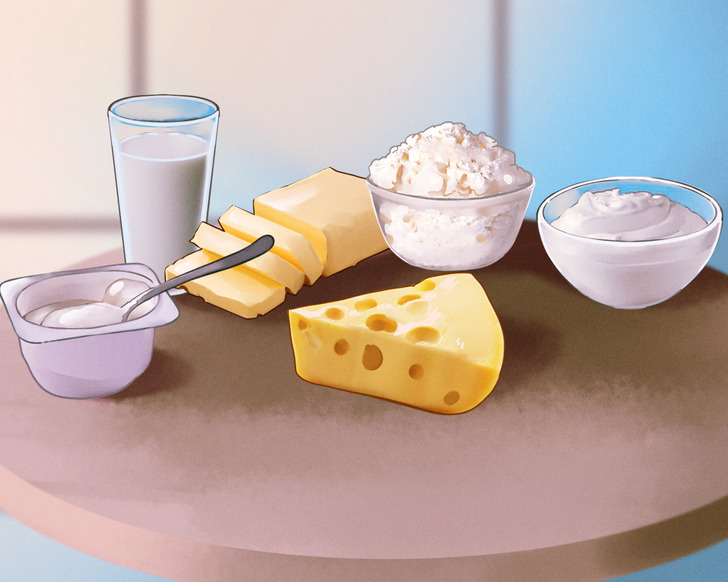
If you’re looking for something that will cool your mouth down fast, one of the safest bets is to reach for any dairy product. The reason behind this is that dairy products contain casein. Casein is a protein that binds with capsaicin, preventing it from coming in contact with your pain receptors. Among dairy products, cottage cheese is known for being primarily casein.
When we take a sip of milk, for example, the casein surrounds the capsaicin molecules that haven’t yet triggered the pain receptors in your mouth, washing away the heat and allowing you to swallow your food safely. Keep in mind that, according to how this method works, this will only help in preventing any further capsaicin from making things worse. It will not help much in directly alleviating what already burns.
2. Something cold
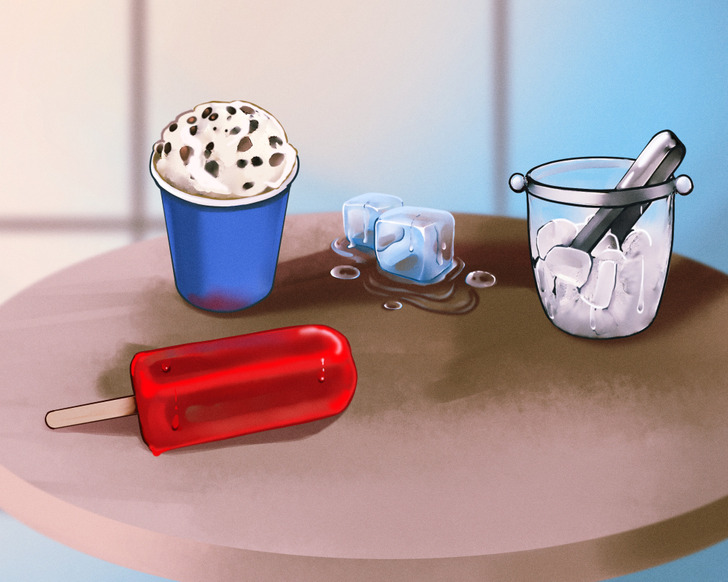
If your brain thinks that your mouth is on fire, it’s logical for your brain to tell you that you need something cold. This method, while not as effective as eating dairy, can provide instant relief to your mouth. However, despite the immediate relief that is brought on by something like cold water or an ice cube, the heat will come back as soon as you swallow it.
Keep in mind that these solutions are not mutually exclusive, meaning that you can combine both cold temperatures and dairy for an enhanced effect. Ice cream is an example of a food that will tackle the heat from 2 different angles—the dairy will break down the capsaicin, while the coldness will provide an extra layer of relief.
3. Foods high in fat
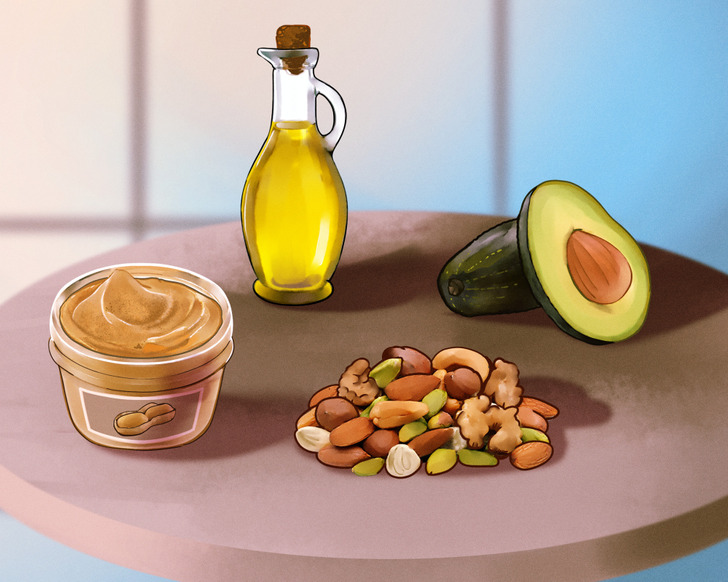
A third option to take into account is foods that are fatty, particularly nuts. The natural fats found in many nuts dilute the capsaicin molecules, making the heat more tolerable. Certain fruits, like avocados, also have natural fats that break down capsaicin.
Many foods that are high in fat content are also dairy products, providing dual protection against capsaicin. This is why many people consider whole milk to be one of the best solutions against spiciness.
Similarly, peanut butter and other nut butters have been described as a good solution because of their creamy texture and high fat content. Olive oil is another example of a food item that’s high in fat, making it another suitable candidate for spicy emergencies.
4. Carbohydrates
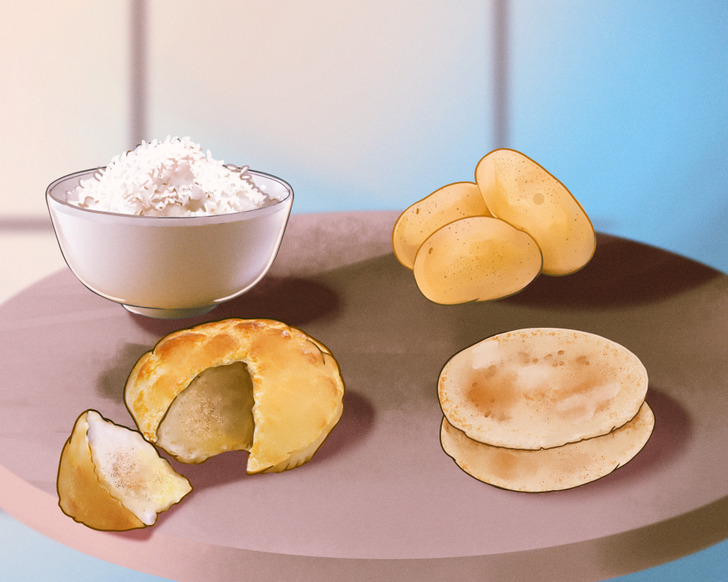
One of the advantages of having carbohydrates at hand while eating hot food is that they act as a sort of barrier between your mouth and the capsaicin, protecting you from the heat. We can see carbs as a sort of mop that absorbs the capsaicin inside your mouth.
Since there are no proteins like casein at play when you eat carbohydrates, their way of helping is a little bit different and more indirect. When you chew on a piece of bread, you’re basically distracting your mouth by generating other sensations, which makes the spiciness more tolerable.
5. Sugar
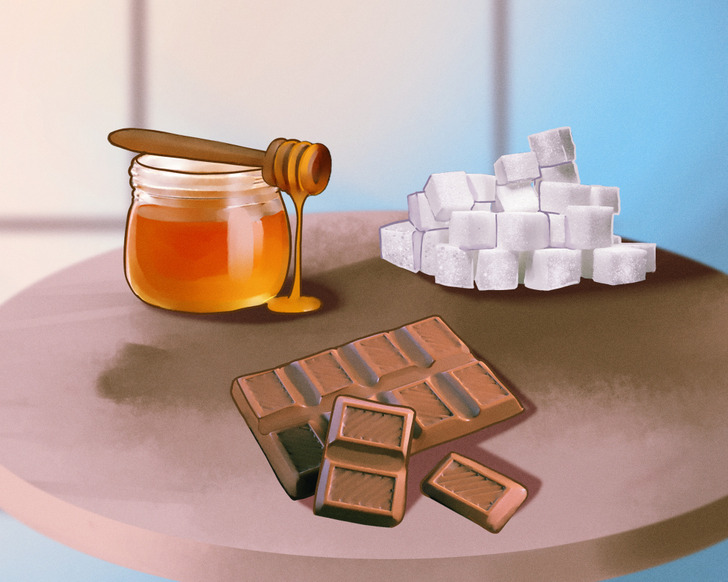
Sugar helps when you eat spicy food because of sucrose, which helps in reducing the burn produced by capsaicin, as well as providing a distraction from the heat. Some examples of food that can prove useful in this context are things like sugar cubes or honey.
Thanks to sucrose, we can also find a very effective remedy in milk chocolate. Milk chocolate works better than dark chocolate due to its higher concentrations of sugar and fat, making it another food that deals with the heat from multiple angles.
6. Acidic foods
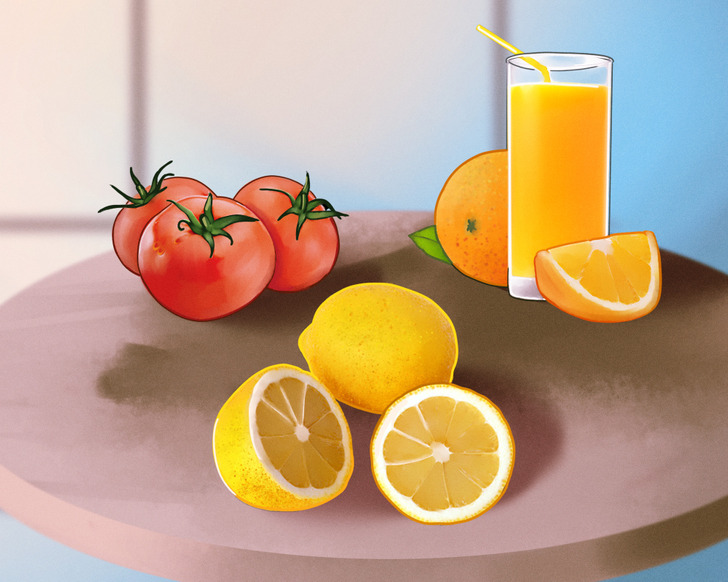
The last group of foods that you can turn to after eating spicy food is acidic food. This should come as no surprise, given that dairy products and starchy food are high in acid. Acidic food helps because capsaicin is an alkaline molecule, so eating something acidic will help neutralize the pH levels of hot food.
Thanks to their acidic nature, food and beverages that come from fruits like oranges, lemons, and tomatoes will be helpful.
Bonus: Drinking water is not a good idea
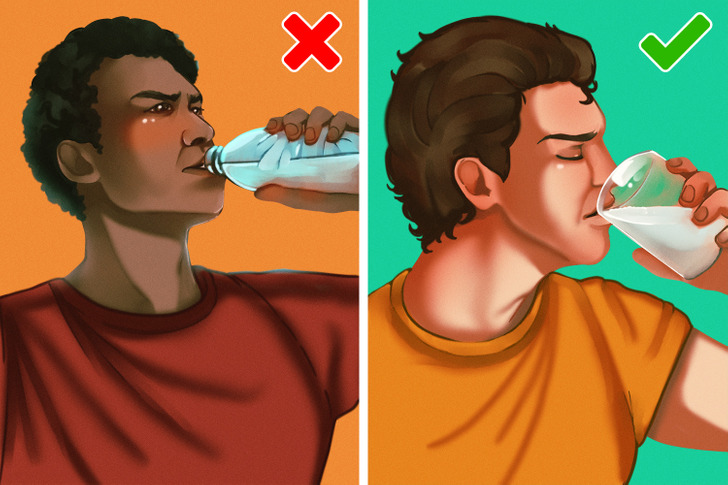
While reaching for a glass of water seems like the most logical idea, doing that is actually a mistake. As previously stated, capsaicin is an oil-like compound, which means that its particles won’t get along well with water. Because of this incompatibility, drinking a sip of water will only make things worse, as the capsaicin will end up being spread around your mouth, triggering more pain receptors instead of turning down the heat.
Please note that most beverages, like sodas, are also mostly made up of water, which means that they will also make things worse for you.